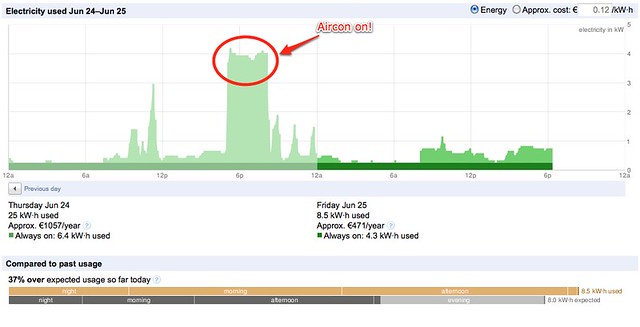GreenMonk attended the North American SAP for Utilities event in Huntington Beach California last week. The theme of this year’s event was Designing the Modern Utility. This was our fifth time attending the event, and for the first time we saw a significant focus on the voice/opinion of the customer (although in fairness, we didn’t attend the event in 2012).
Utility companies, as we have said many times in the past, have a very poor record with customer communications. Typically, the only times you hear from a utility company is when they are sending a bill, a disconnection warning, or notice of a rate increase. None of these are very positive interactions. It is no surprise then that in an age of increasing customer importance, trust in utility companies is the lowest level it has been in years.
It is hardly surprising though. Many utilities are coming from a situation where they are, or until recently have been, regional monopolies. Their customers had no choice of supplier, and so the utilities didn’t feel a need to listen to their customers views. Furthermore, utilities are, by their nature, extremely conservative organisations. They need to be, given they are handling such necessities as water, gas and electricity. So any change in their attitude to customer communications will happen slowly.
Change, it would appear, is very much underway now in the utilities industry. Jane Arnold from City of San Diego Public Utilities, San Diego’s water utility, gave a talk entitled Putting the “E” in Customer Engagement. Kevin Jackson from Oklahoma Gas and Electric (OGE) discussed in his talk how OGE have rolled out 800,000 smart meters and are using these to provide their customers with access to realtime energy consumption information. They hope that by providing customers with this information, and by rolling out time of use billing to defer the need to build a new power plant in 2020.
And Tracy Kirk from New Jersey’s Public Service Electric and Gas Company (PSEG) talked about how PSEG started to use Twitter to begin a two way conversation with its customers. Then it was hit with Hurricane Sandy, and Tracy outlined how Twitter helped PSEG to manage its customers expectations and reduce frustrations associated with the hurricane’s damage to its infrastructure.
There was even a keynote from Julie Albright, a research scientist at the University of Southern California, on the topic of the Social Utility, strongly echoing the closing keynote GreenMonk gave at the same event in San Antonio in 2011 on the topic of Potent Social Media strategies for Utilities.
Even the conversations in the corridors referred to the need for increased customer communications, far more than at any previous SAP for Utilities event.
Utilities are starting to realise the necessity of improved customer communications, and this can only be a good thing.


